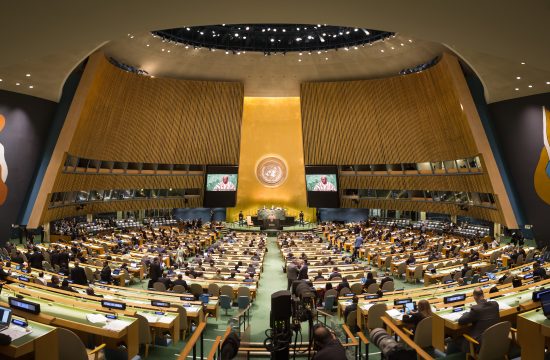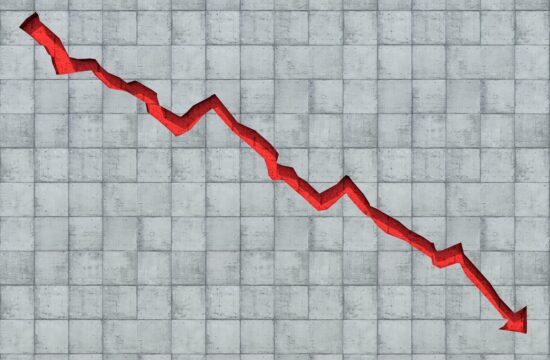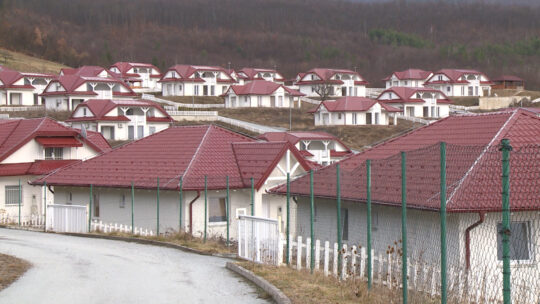
The two major parties in Croatia, ruling centre-right Croatian Democratic Union (HDZ) and the centre-left Social Democratic Party (SDP) won four seats each out of 12 in the European Parliament (EP) election held on Sunday, the State Election Commission reported in the early hours of Monday morning.
A total of 396 candidates on 33 slates vied for the 12 seats in the European Parliament allocated to Croatia. Of the 12 deputies elected, 11 will go to Brussels immediately after the election while the 12th will go after Great Britain leaves the EU, state agency Hina reported early on Monday.
The result of 22.72 percent votes and four seats won marks a blow for the HDZ, which counted on at least five seats to match its result from 2014, but the SDP, which has seen a sharp decline in ratings in recent months due to internal divisions, scored a huge success with 18.71 percent votes and four seats.
This year, unlike in 2014, the HDZ decided to campaign alone instead of forming a coalition of centre-right and right wing parties. One seat was won by the right-wing Sovereignist coalition led by Ruza Tomasic, for whom this will be a third mandate as MEP after 2013 and 2014. The first two times, she entered the EP on the HDZ slate.
The SDP campaigned alone as well, but unlike the HDZ, did not lose seats: in 2014, the SDP-led coalition had won four seats in the EP, the same number the party won on its own in 2019.
The biggest surprise of the evening was former judge Mislav Kolakusic, whose independent slate won one seat in the EP on the back of his anti-corruption campaign.
The anti-establishment Zivi Zid party also won one seat, with 5.66 percent votes, as did the liberal Amsterdam coalition of seven parties, which won 5.19 percent.
The biggest losers of the evening, with no seats won, were the populist Most party, the third-most numerous party in the Croatian 151-seat parliament with 11 MPs, as well as the liberal Croatian People’s Party (HNS), a member of the ruling coalition with one government minister and Deputy Prime Minister.
The voter turnout in Croatia was, at 29.6 percent, somewhat higher than in 2014 when only 25.2 percent voters cast their ballots, but still well below the EU-level turnout which stood at more than 50 percent, the highest since 1979. In 2014, voter turnout across the EU stood at some 42 percent.




